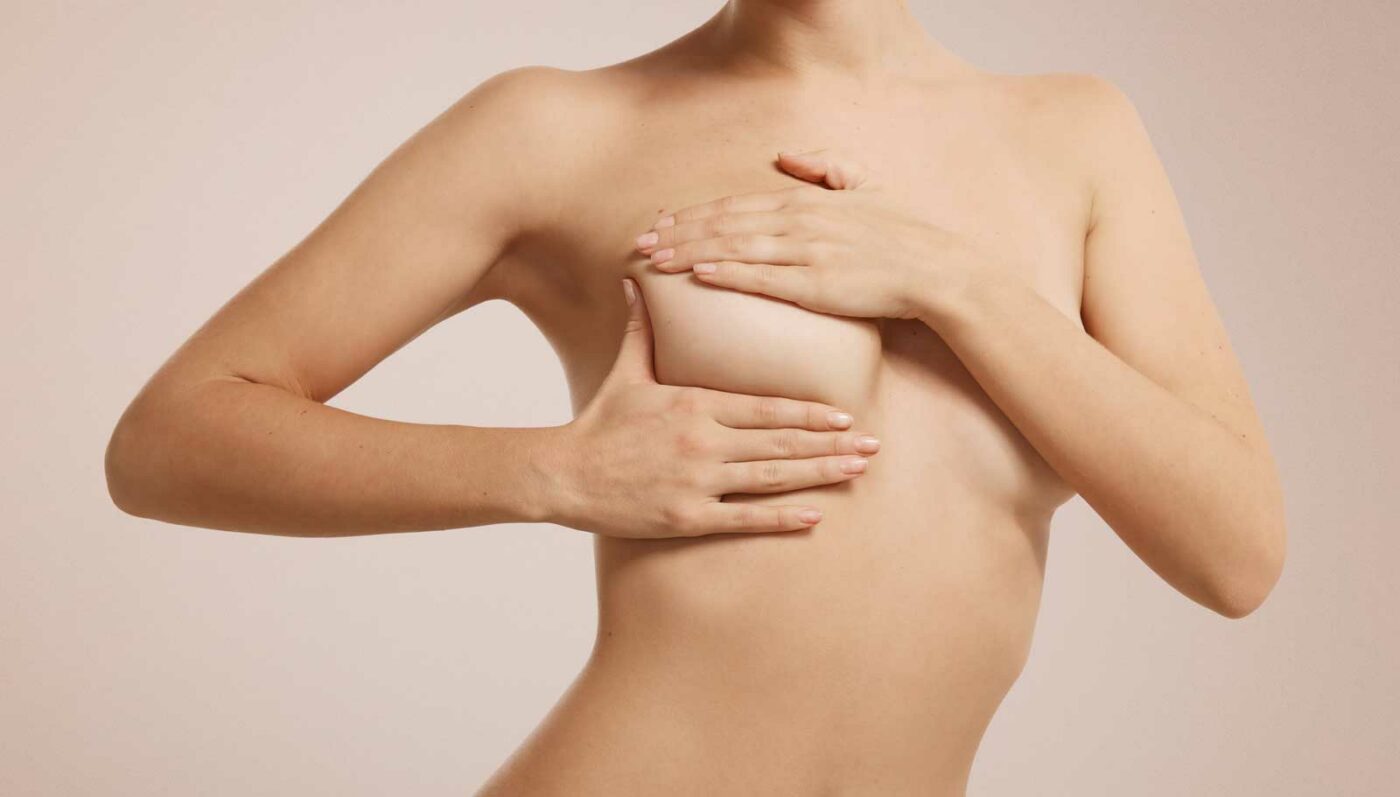Breast asymmetry is a common condition that affects many women. It refers to the difference in size, shape, or position of the breasts. While it is completely normal for there to be slight variations between the two breasts, significant differences can cause distress and impact a woman’s self-esteem. In this article, we will delve into the various causes of this condition, from hormonal factors and genetics to trauma and developmental abnormalities. By understanding the underlying causes, we can better comprehend this condition and explore the available treatment options.
What is Breast Asymmetry?
Breast asymmetry is a condition characterized by noticeable differences between the size, shape, or position of the breasts. It is not uncommon for women to have one breast slightly larger or shaped differently than the other. However, when the differences become more pronounced, it can lead to self-consciousness and emotional distress. Breast asymmetry can occur in various ways, ranging from focal asymmetry (one specific area affected) to overall asymmetry (both breasts differing in size and shape).
Different Types of Breast Asymmetry
Breast asymmetry can manifest in different ways, each with its own unique characteristics. Focal asymmetry refers to a specific area of one breast being notably different from its counterpart. This can include differences in shape, size, or position. On the other hand, overall asymmetry occurs when both breasts have noticeable differences in size and shape. This can result in one breast being significantly larger or smaller than the other. Understanding these different types of breast asymmetry helps in determining the underlying causes and suitable treatment options.
Common Causes of Breast Asymmetry
Breast asymmetry can be attributed to a variety of factors, including hormonal influences, genetics, trauma, and developmental abnormalities. While it is often challenging to pinpoint a single cause, a combination of these factors can contribute to the condition.
Hormonal Factors and Breast Asymmetry
Hormonal fluctuations during puberty, pregnancy, and breastfeeding can play a role in causing breast asymmetry. Estrogen, progesterone, and other hormones can affect breast development and lead to differences in size or shape. These hormonal imbalances can result in one breast growing more than the other or causing changes in breast tissue density.
Genetics and Breast Asymmetry
Genetics also play a significant role in this condition. If your mother, grandmother, or other female relatives have experienced asymmetrical breasts, there is a higher likelihood that you may also develop this condition. Genetic factors can influence breast size, shape, and positioning, leading to noticeable differences between the two breasts.
Trauma
In some cases, trauma or injury to the chest area can cause breast asymmetry. Accidents, falls, or surgeries involving the breast can result in changes to breast tissue, leading to differences in size or shape. Trauma-induced asymmetry may require medical intervention to correct the imbalance and restore symmetry.
Developmental Abnormalities and Breast Asymmetry
Breast asymmetry can also stem from developmental abnormalities. Conditions such as Poland syndrome or tuberous breasts can cause significant differences between the breasts. These abnormalities often require specialized treatment, such as reconstructive surgery, to address the underlying causes and improve symmetry.
Psychological Impact
Breast asymmetry can have a profound psychological impact on women. Many individuals with asymmetrical breasts experience feelings of self-consciousness, low self-esteem, and body dissatisfaction. The societal emphasis on the “ideal” body image can exacerbate these feelings, leading to emotional distress and even avoiding social situations. It is essential to recognize the emotional toll breast asymmetry can have on individuals and provide support and understanding.
Treatment – Surgical and Non-surgical Options
Fortunately, there are various treatment options available to address this condition . The choice of treatment depends on the severity of the asymmetry and the underlying causes.
Surgical Options
Surgical interventions can be an effective way to correct breast asymmetry. Procedures such as breast reduction, breast augmentation, or breast lift can help improve symmetry and create a more balanced appearance. These surgeries are tailored to the individual’s specific needs and may involve different techniques to achieve the desired results. It is crucial to consult with a qualified plastic surgeon to discuss the best surgical approach for your unique situation.
Non-surgical Options
Non-surgical approaches can also be considered to address. The use of breast prosthetics, such as silicone breast forms or padded bras, can help create the illusion of symmetry. Additionally, techniques such as fat transfer or injectable fillers can be utilized to add volume to the smaller breast, achieving a more balanced look. Non-surgical options are often less invasive and provide temporary solutions for individuals who prefer non-surgical interventions.
Embracing and Accepting Your Unique Body Shape
While treatment options for breast asymmetry exist, it is also essential to embrace and accept your unique body shape. Remember that breast asymmetry is a common condition that affects many women. Learning to love and appreciate your body as it is can have a significant impact on your self-confidence and overall well-being. Surround yourself with positive influences, practice self-care, and seek support from loved ones or support groups. By focusing on self-acceptance, you can develop a more positive body image and find peace with your asymmetrical breasts.
Conclusion
Breast asymmetry is a prevalent condition that can cause emotional distress in women. Understanding the different types and causes of this condtion is crucial in exploring treatment options and finding ways to embrace and accept your unique body shape. Whether through surgical or non-surgical interventions, it is possible to achieve a more balanced appearance and improve self-confidence. Remember, your body is unique, and embracing your individuality is a key step towards self-acceptance and happiness.
If you are struggling with condition and its impact on your self-confidence, consult with a qualified plastic surgeon to explore the available treatment options tailored to your needs. Remember, accepting and loving yourself is the first step towards finding peace with your unique body shape.





